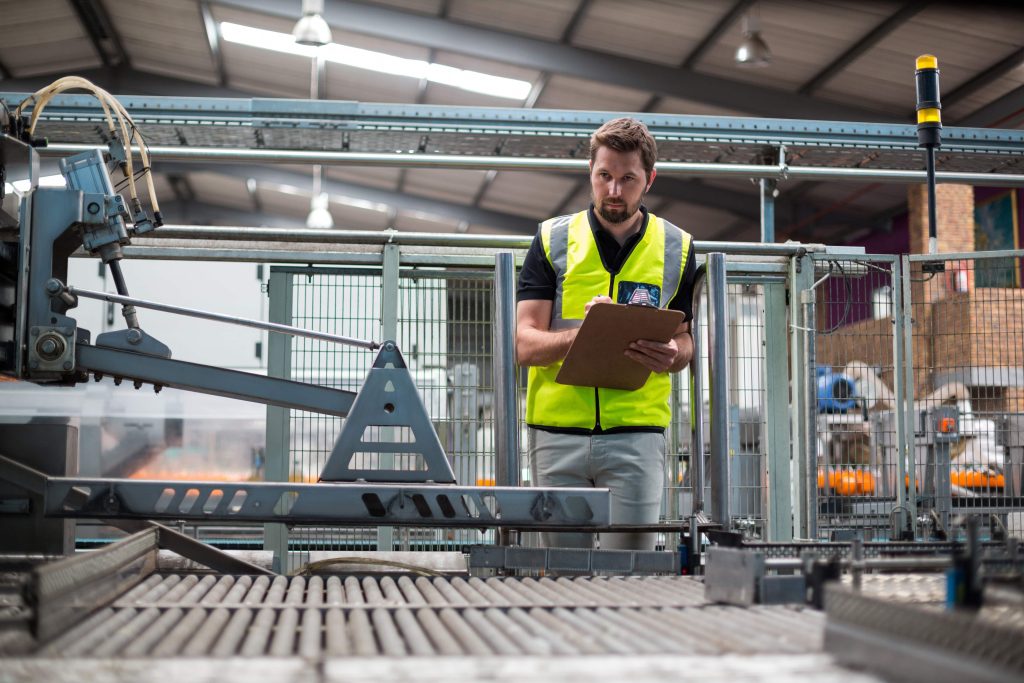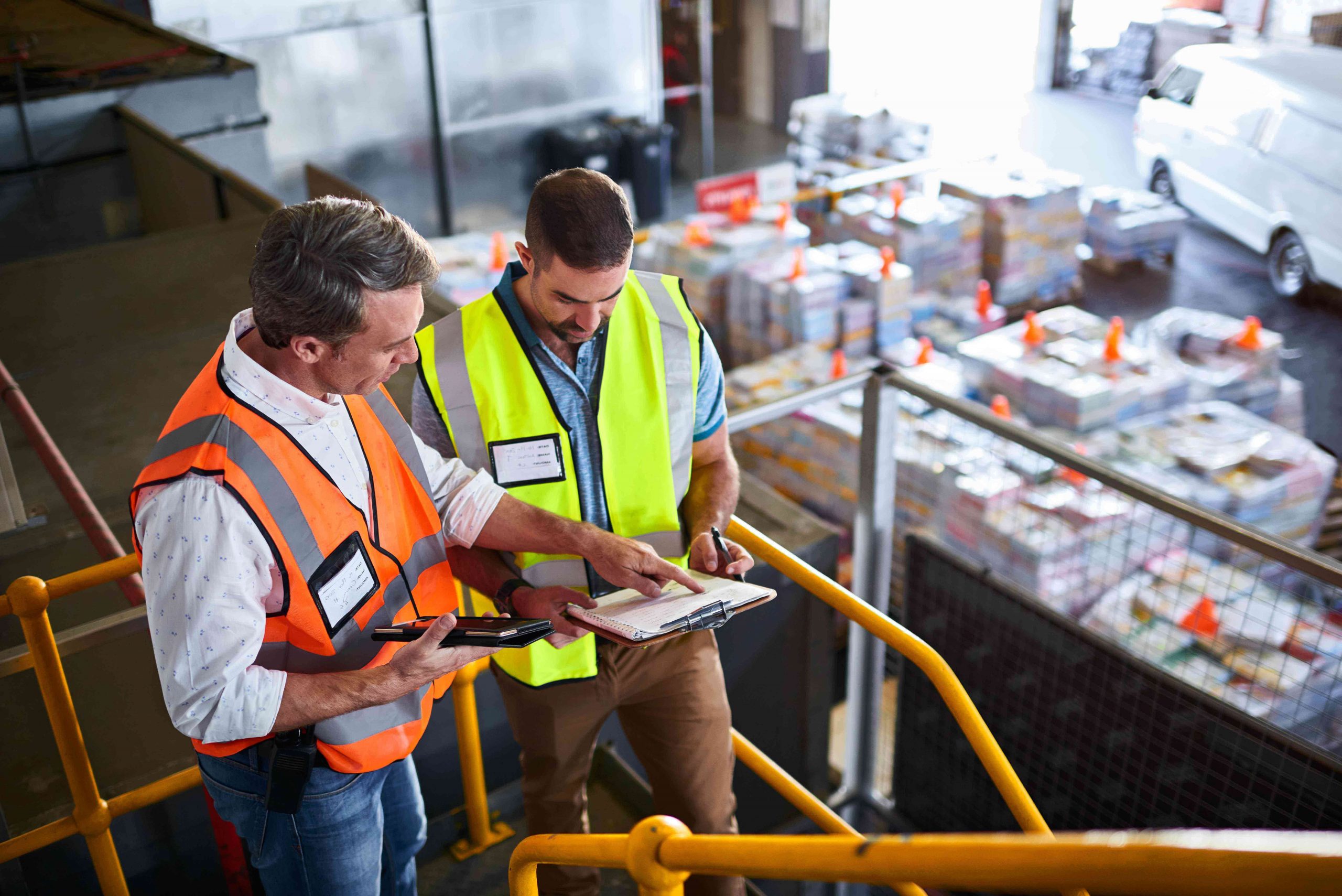BLOG
Reduced workforce? Here’s 5 health and safety areas you need to revisit
Written by Charles Spencer on 18 May 2022

In 2022, a growing number of businesses have moved, or are in the process of moving, to a hybrid working model. As such, employers now have staff working from various locations, coming and going between home and the workplace. On top of this, staff shortages continue to plague many sectors and absences are rife.
As a result of these factors, it’s likely that you will have an overall reduced workplace presence compared to pre-pandemic times. Naturally, this will have health and safety implications.
Trying to maintain high health and safety standards on a skeleton workforce is no easy feat. It’s essential, therefore, to review the control measures in your risk assessments and contingency plans to ensure an adequate number of staff are trained to perform safety-critical tasks, and to ensure you’re prepared for emergencies.
If you haven’t reviewed your health and safety management system for a while, you may not have spotted the gaps that hybrid working and staff shortages have created in your workplace.
Employers are expected to review risk assessments whenever there’s a significant change to personnel or working practices, to ensure their risk control measures remain effective and identify any additional controls that may be needed.
An example of this can be seen with the management of first aiders. Previously, a business may have had a small number of employees to cover the workforce all year round. With the introduction of hybrid working, this same business may find now that these designated first aiders are no longer on site at all times. On the other hand, it may realise that with a reduction of people within the office, it no longer needs as many.
In reality, very few organisations are operating in exactly the same way they were pre-pandemic, meaning most will need to revisit the measures they have in place. Whether you’ve shed staff over the last two years, or they are now working from home, now is the time to pause and take stock.
Reduced Workforce Health & Safety Checklist
Use this template checklist to ensure you are continuing to provide a safe and healthy workplace when operating a reduced workforce.
Here are five key areas to review when operating a reduced workforce to ensure you continue to meet your health and safety obligations.
Fire wardens and fire safety management
Is there a fire warden on site? If people are no longer working regular days in the office and instead come and go sporadically, how do you ensure this area is covered? For example, who is conducting weekly fire alarm tests to ensure they remain in working order?
Review your fire risk assessment and fire safety policy and establish how the daily changes in personnel affect your evacuation procedure.
First aiders
Similarly, are you still covered from a first aid perspective? Completing a first aid needs assessment is a good way to determine how many trained members of staff are needed and what additional provisions you should make for first aid.
Input from other departments such as Human Resources might be needed in order to determine which members of staff are on site regularly on and can help to cover all working hours.
Lone working
The risk of only having a small number of people onsite, for example office key holders locking up on their own, may mean that lone working is now a hazard which the business needs to introduce control measures to manage.
As with all hazards, you should try to eliminate the hazard wherever possible by considering where lone working can be avoided. Where the need to work alone is unavoidable, assess what controls need to be implemented to reduce the associated risks down to an acceptable level. Some examples include providing an employee with a panic alarm, ensuring they have access to a mobile phone, and CCTV monitoring.
Monitoring and regular maintenance checks
As part of an organisation’s health and safety management system, key responsibilities are delegated to employees, including responsibility for monitoring and maintenance checks. These could be a combination of daily, weekly and monthly checks, for example regular safety audits and daily machine guarding inspections.
These systems should be reviewed to ensure that these checks are still being completed. If those who are normally assigned these duties are now unavailable, they will need to be reallocated to somebody else so that any safety issues continue to be spotted and dealt with.

Employee supervision
Finally, under the Health and Safety at Work Act 1974, employers have a legal duty to supervise and monitor their employees. This duty is not removed with the introduction of home or hybrid working – you must still ensure an adequate and appropriate level of supervision on site.
Those supervising need to know what’s expected of them in regard to health and safety, and may also require training in the specific hazards present in your workplace and how they should be controlled.
Keep in mind that some people – including new starters and young or inexperienced people – are likely to need more supervision than others.
It’s therefore important to establish and consider these things in the risk assessment review process.
Do you need support?
Speak to us for an honest, no obligation chat on:
0345 226 8393 Lines are open 9am – 5pm
3 top tips for ensuring safety is maintained through workforce changes
Look at all your activities and prioritise those that pose the greatest risk.
Which ones are reliant on specific training or experience? Do you have multiple people who can perform safety checks in case one person is off sick? Or are you reliant on one individual, meaning that when they aren’t there to do them, checks aren’t undertaken, and tasks end up being performed by individuals who aren’t properly trained, thereby increasing risk?
As time-consuming as it is, every risk assessment should be reviewed to ensure you’re not left exposed.
Consider what additional training, people or processes need to be put in place to overcome gaps in knowledge, personnel or systems. Review and update your plans accordingly.
When creating risk assessments in future, make sure these account for reduced staffing situations.
For example, rather than training one individual on a new piece of equipment or process, train a cohort of people so that there’s shared knowledge and to eliminate single points of failure.
After all, many sectors experience periodic staffing shortages, and hybrid working is here to stay.
Related Content
Stay compliant with specialist Health & Safety support
WorkNest’s Health & Safety specialists can help to ensure you have contingency plans in place to ensure safety isn’t compromised by staffing shortages, absences or changes to working arrangements.
Your WorkNest General Risk Assessment will help you to identify single points of failure and training gaps, which we can help you to plug through our extensive catalogue of sector-specific e-Learning courses.
Plus, if visibility is an issue, our real-time risk management software will enable you to delegate tasks to your team, ensure monitoring checks aren’t missed, and ultimately keep a virtual eye on compliance even when you’re not in the workplace.
To find out how our unlimited, fixed-fee Health & Safety support can help you to stay on top of your risk management responsibilities, call 0345 662 8393 or request your free consultation using the button below.









